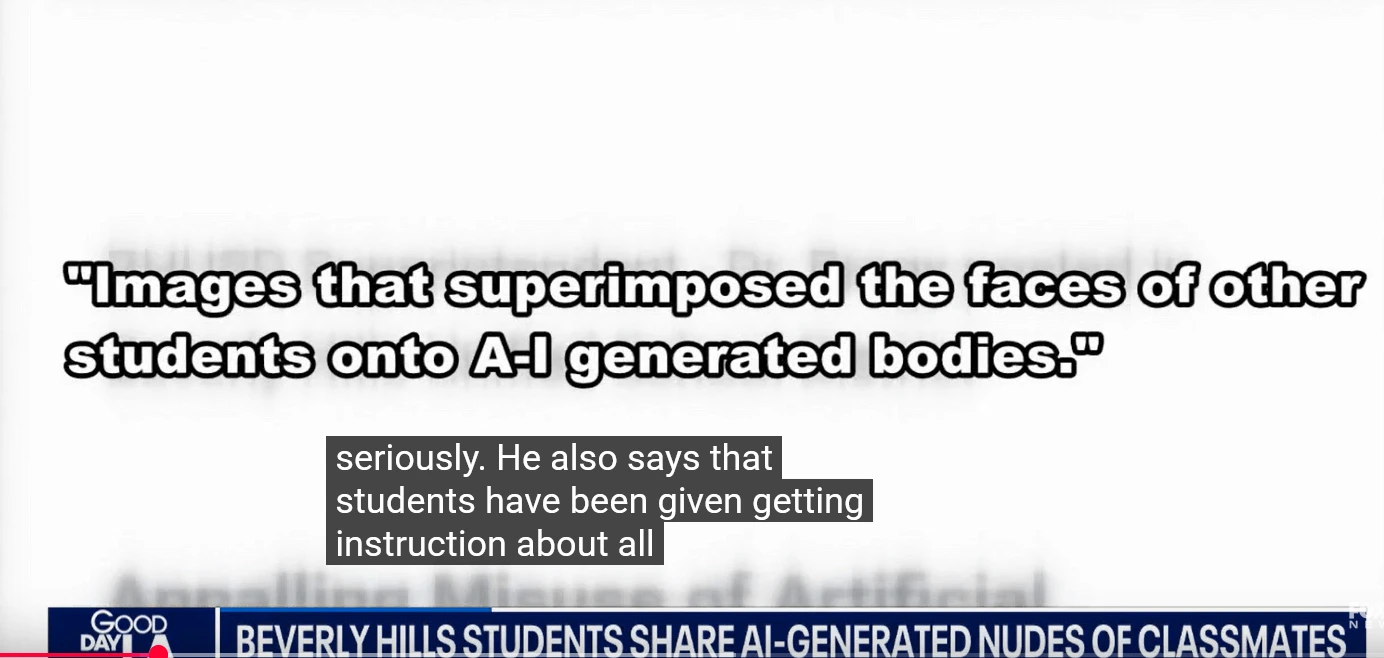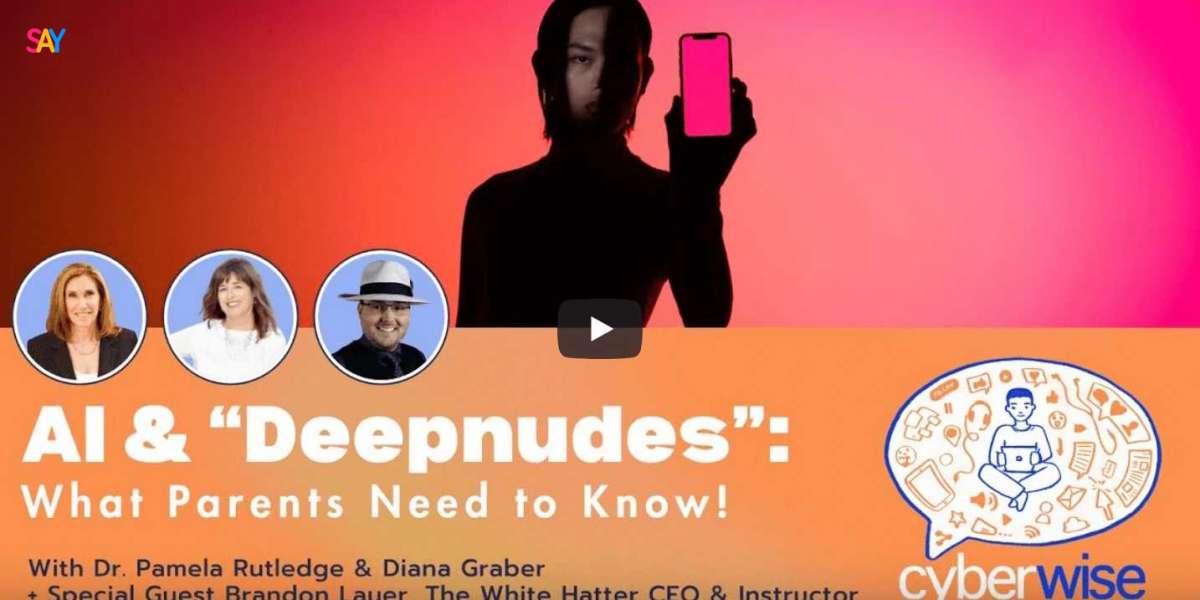The internet is a vast digital playground, full of opportunities for learning, creativity, and connection. But for minors, it's also a space filled with potential risks—cyberbullying, inappropriate content, online predators, and exposure to harmful misinformation. As children and teens spend more time online, the need for effective digital safeguards becomes more urgent. Artificial intelligence is stepping in as a powerful tool to help protect the next generation.

The Digital Risks Children Face Today
Growing up in the digital age has its perks, but it also comes with a unique set of challenges. Social media, gaming platforms, and video-sharing apps are now central to how young people communicate and explore the world. Unfortunately, these platforms can also expose minors to content they’re not emotionally or mentally equipped to handle.
Whether it’s violent material, explicit messages, or peer harassment, the damage from negative online experiences can be long-lasting. For parents, educators, and tech developers, the question isn’t just how to give kids access to the internet—but how to make that access safe.
How AI Can Help Keep Kids Safe
AI technology is already being used to monitor and moderate content at scale, and when designed thoughtfully, it can be a major ally in online child protection. Here’s how AI is helping to create safer digital spaces for minors:
- Content Filtering and Moderation: AI algorithms can scan text, images, and videos to detect and block harmful or inappropriate content before it reaches young users. This includes sexually explicit material, hate speech, and violent imagery.
- Detecting Grooming and Exploitation: AI systems trained on communication patterns can help identify predatory behavior in chat rooms, forums, and direct messages. While not perfect, these tools can alert moderators or law enforcement to suspicious activity early on.
- Cyberbullying Prevention: Some platforms use AI to detect signs of bullying or harassment in real-time, flagging harmful interactions or offering support resources to those affected. Sentiment analysis and natural language processing are key in identifying abusive language.
- Parental Control Tools: AI powers smarter parental control apps that not only limit screen time but also monitor app usage, flag dangerous content, and offer insights into a child’s digital behavior without breaching their privacy.
- Age-Appropriate Recommendations: AI can help tailor the online experience for younger audiences by recommending age-appropriate content and restricting access to materials meant for adults.
Balancing Safety and Privacy
While AI tools offer valuable protections, they also raise important questions about privacy and autonomy. Children deserve both safety and respect in their digital lives, and that balance isn’t always easy to strike.
Over-surveillance can create feelings of mistrust, while under-monitoring leaves kids vulnerable. That’s why transparency in how AI systems work—and giving parents and young users some control over them—is crucial. AI shouldn’t replace human judgment but rather enhance it.
Collaboration Is Key
Protecting minors online isn’t a job for tech companies alone. It requires a collaborative effort from parents, educators, policymakers, and AI developers. Governments need to enforce regulations that prioritize child safety, such as the Children’s Online Privacy Protection Act (COPPA) in the U.S. and the UK’s Age-Appropriate Design Code.
At the same time, platforms must take ethical responsibility for how their algorithms operate and how their features can be misused. Designing AI systems with safety “baked in” from the beginning—not as an afterthought—will be key to long-term trust and effectiveness.
A Safer Digital Future for the Next Generation
AI has immense potential to be a force for good when it comes to Protecting minors online. From smarter content moderation to early detection of harmful behavior, these technologies are helping to build a safer digital world for children to explore, learn, and grow.
But technology alone isn’t enough. It’s the values, oversight, and intention behind the AI that will ultimately determine its success in safeguarding the next generation. Together, we can create a digital future where kids can thrive without fear.




